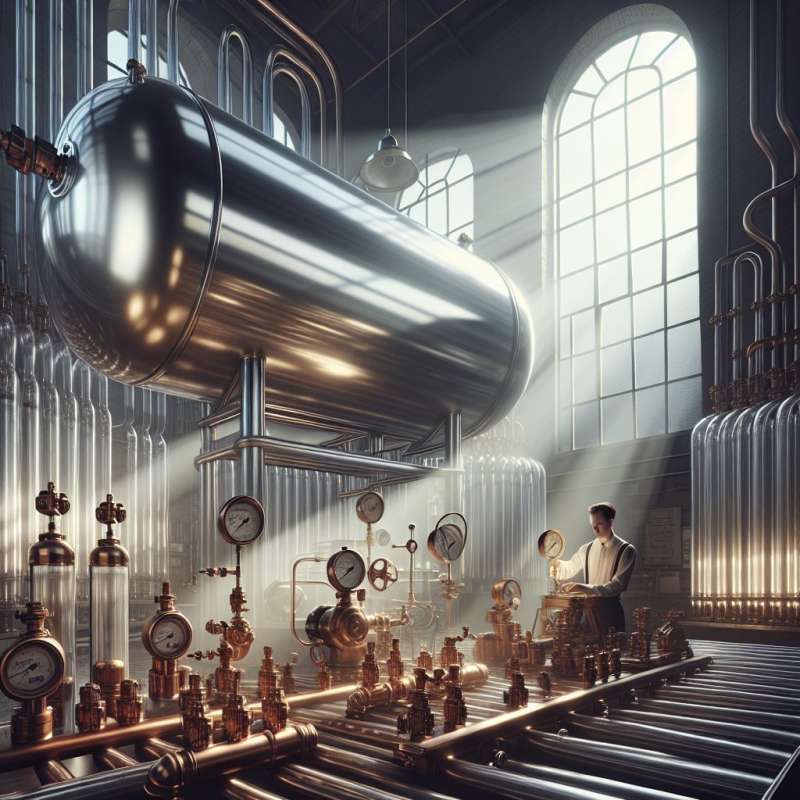
Introduction to Pneumatics
Pneumatics utilize compressed air for mechanical motion. The Greek word 'pneuma' means breath, emphasizing air's life-giving properties, now harnessed for powering machinery and tools.
Pneumatic Systems Components
Essential components include a compressor, reservoir, valves, actuators, and piping. Each plays a vital role, from air compression to directing flow and converting energy into movement.
Air Compressors Types
Compressors come in various types: reciprocating, rotary screw, centrifugal. Each works differently, from pushing air into a chamber to using rotating elements for air compression.
Pneumatic Efficiency Secrets
Pneumatic systems are less efficient than electrical but remain preferred for safety in explosive environments. They dissipate the generated heat more effectively.
Compressed Air Treatment
Air quality is crucial. Compressed air must be treated to remove moisture, oil, and other contaminants to prevent equipment degradation and maintain system efficiency.
Advancements in Pneumatics
Modern pneumatic systems feature smart technologies like IoT integration for predictive maintenance, efficiency optimization, and remote system monitoring, advancing industry capabilities.
Environmental Impact
Pneumatics has environmental considerations. Compressed air can be energy-intensive. Advances in compressor design improve energy efficiency, reducing the carbon footprint.
What does 'pneuma' signify in pneumatics?
Mechanical motion
Compressed air
Breath or air
Company